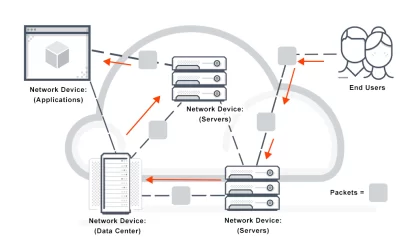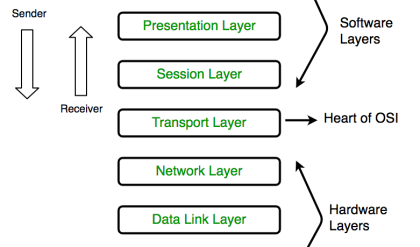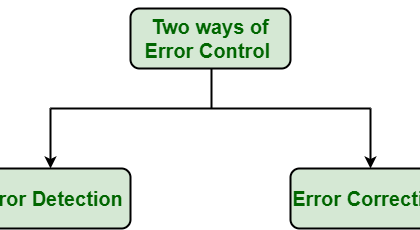Everyday QoS team will prepare a KPI report which includes data of the current performance of the network. Total network is divided cluster wise and those clusters were monitored by Engineers assigned to that section. So every cluster is monitored daily and necessary actions will be taken immediately. Some of the important KPI values in the form of an equation are listed below.
· Accessibility to SDCCH without Location Update (LU) = (SDCCH assign success rate) / (SDCCH Assign Request Rate)
· SDCCH Drop Rate = (SDCCH Assign Success Rate) / (SDCCH Drop Rate)
· Accessibility to TCH = (RTCH Assign Success Rate) / ( RTCH Assign Success Rate * unsuccessful RTCH Assign Rate)
· TCH drop rate = (TCH Assign Success Rate) / (TCH Drop Rate)
· Accessibility to TCH without congestion = TCH (Traffic channel)accessibility,without considering the assignment failure due to congestion of traffic on the cell
· Call success rate = (SDCCH Access Rate) X (1-SDCCH Drop Rate) X (TCH Access Rate) X (TCH Drop Rate)
In addition to above QoS team will also prepare reports on following,
· Total Carried Traffic = Average holding time × Busy hour call attempts
[Average Holding Time = (Total usage time) / (Total successful call attempts)]
· Offered Traffic = Carried Traffic + Blocked Traffic + guard time × call attempts(guard time = 3 s)
· Congestion (%) = [(period of all channels busy (s))/3600] X 100
To calculate above indicators we need to collect data from the network and those data is analyzed using predefined macro programs to make those data much more human readable. I got a chance to analyze daily reports and then check their issues using NPO (Network Performance Optimizer) and MapInfo Tools. If we identified any issue in a particular site due to poor performance indicated in the daily report, we can generate reports using NPO. NPO receives data through OMC-R and OMC-R collects those data from BSCs. Those reports come with graphical aid, so it is a very easy and convenient way of troubleshooting.






Comments are closed.